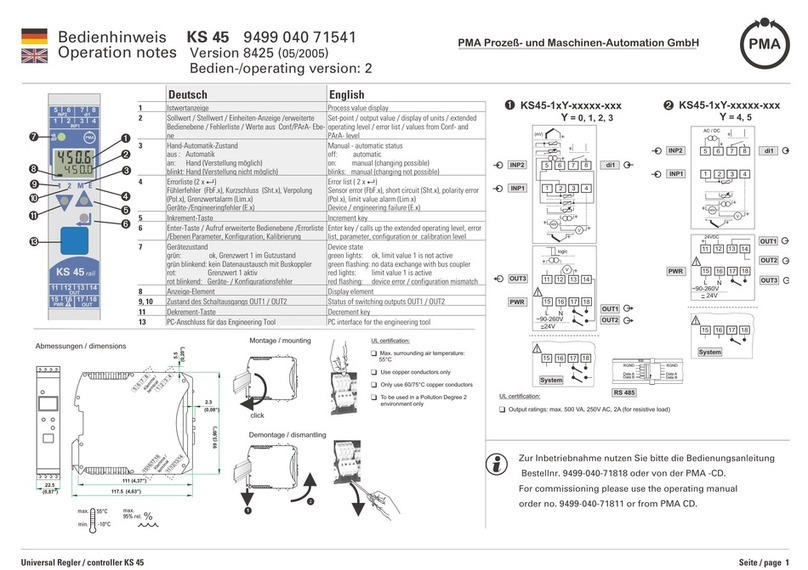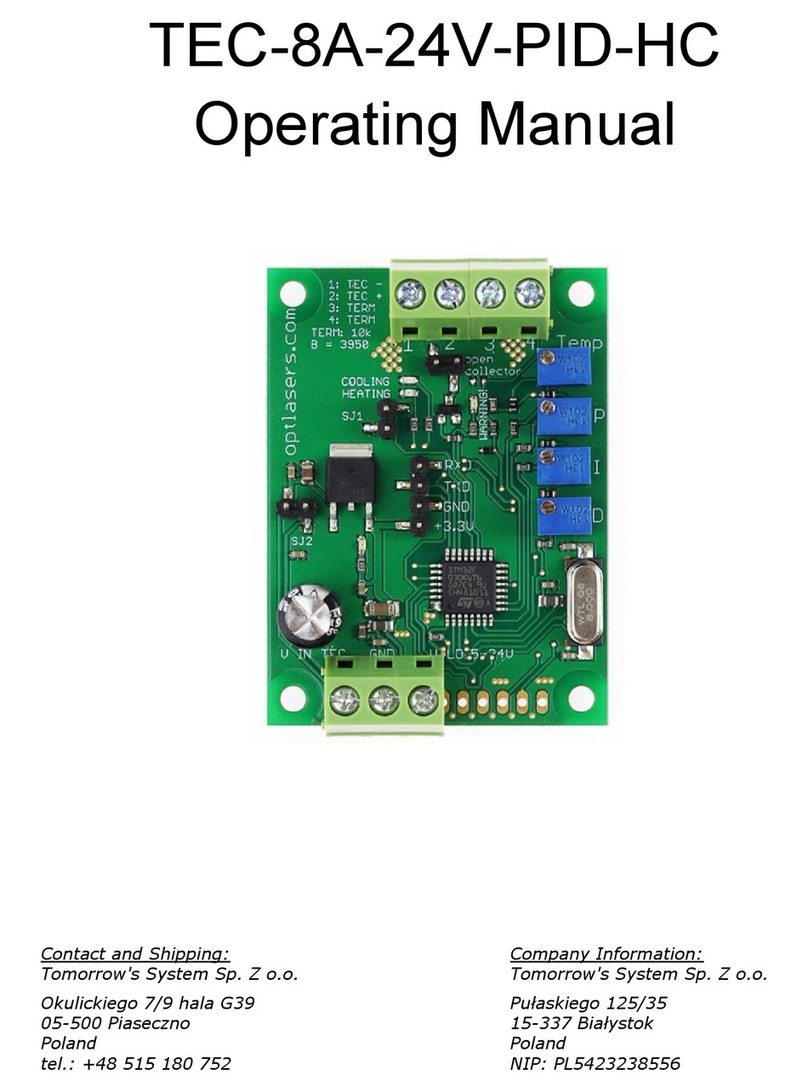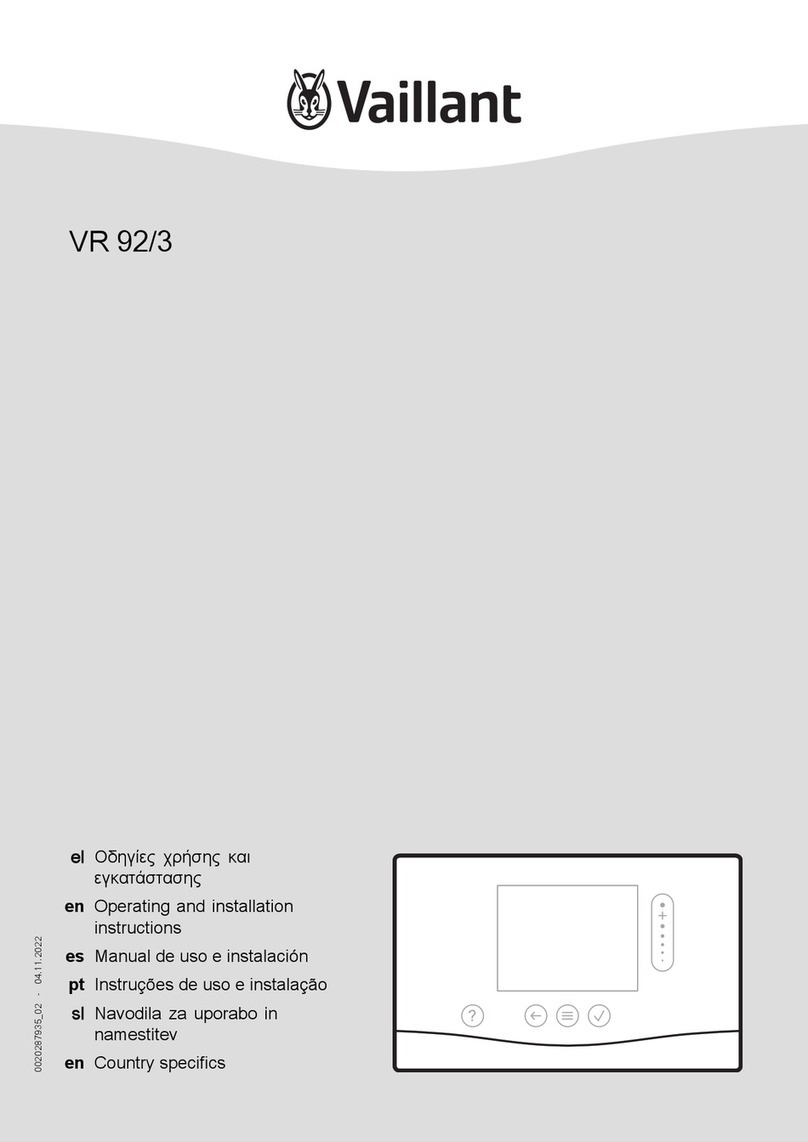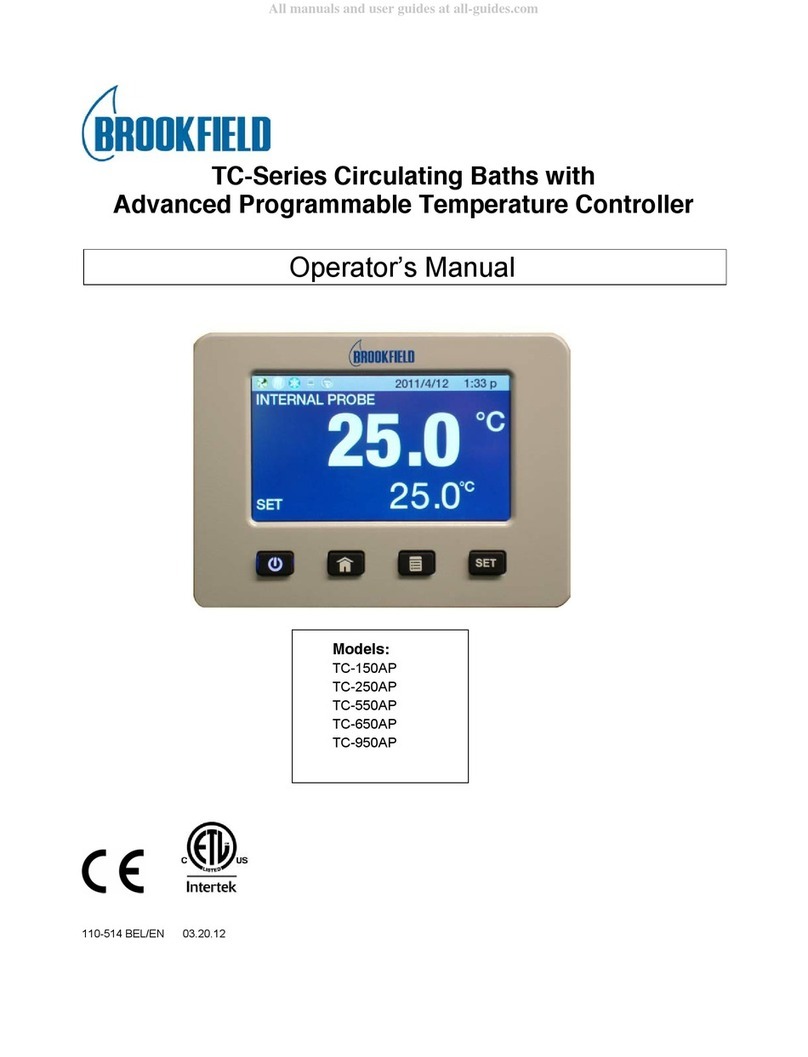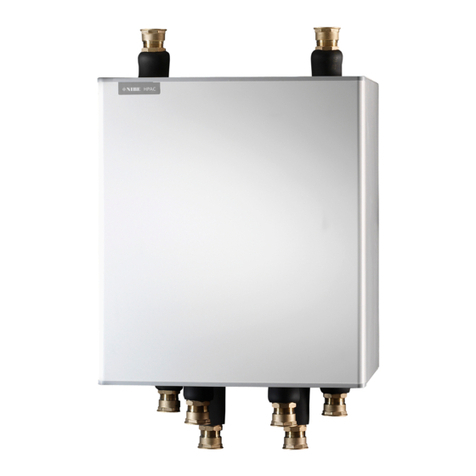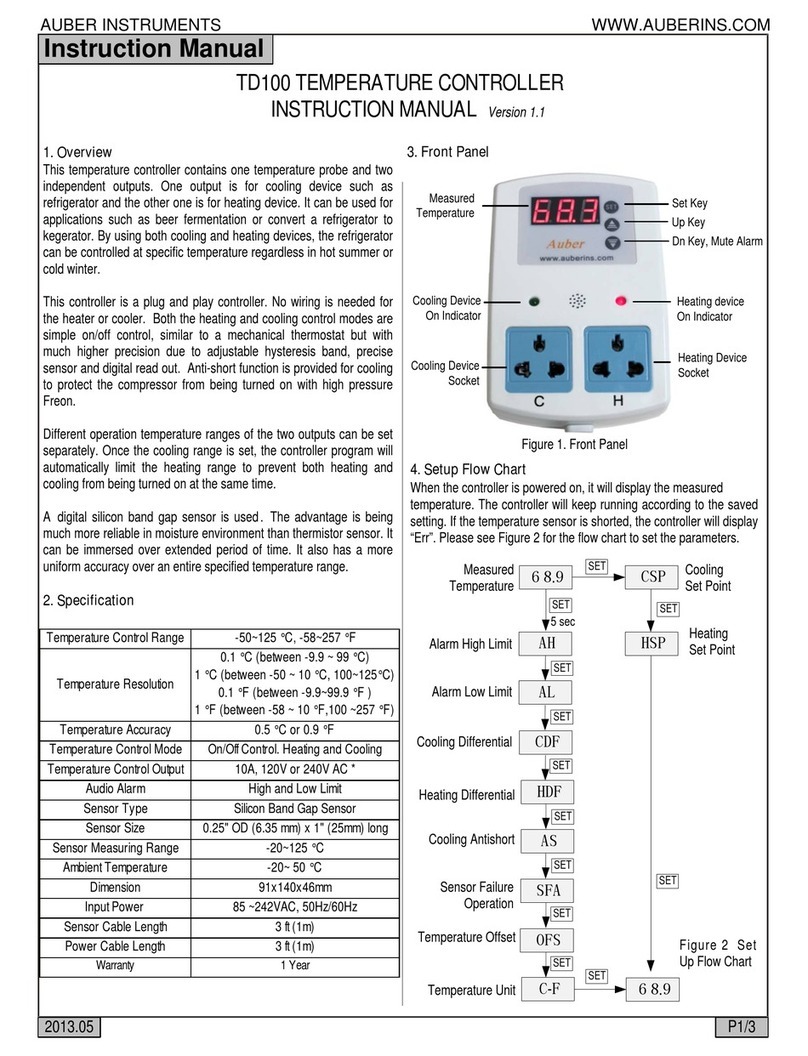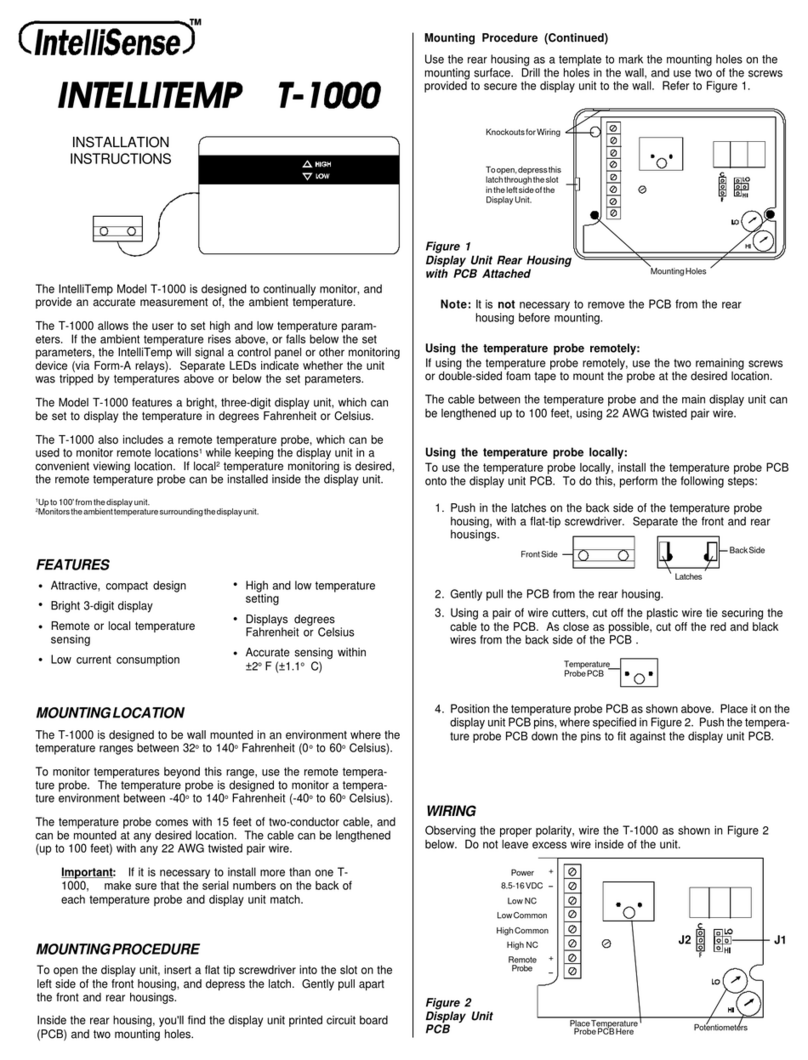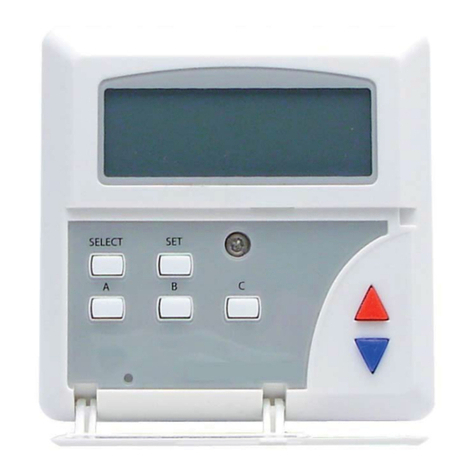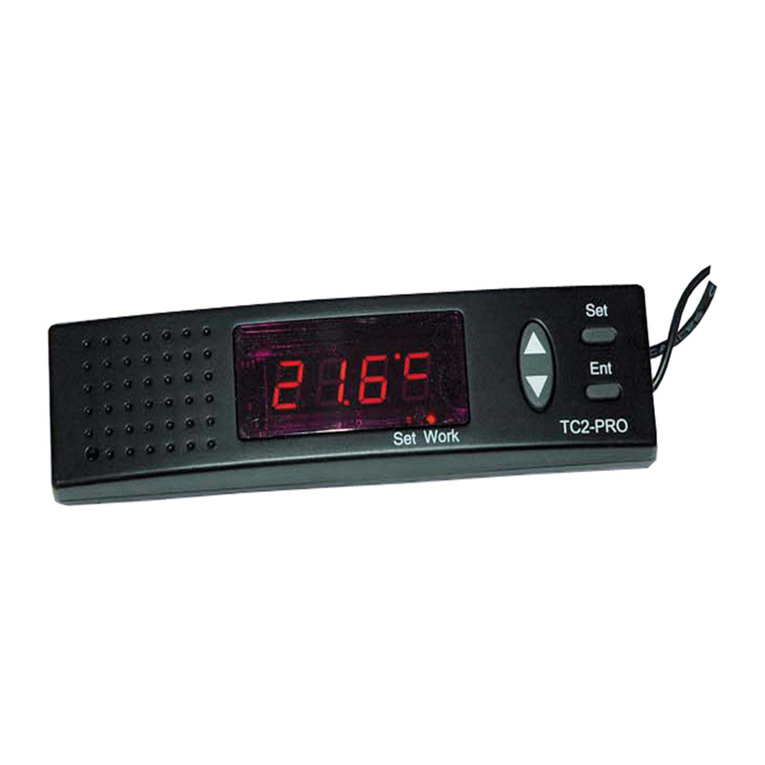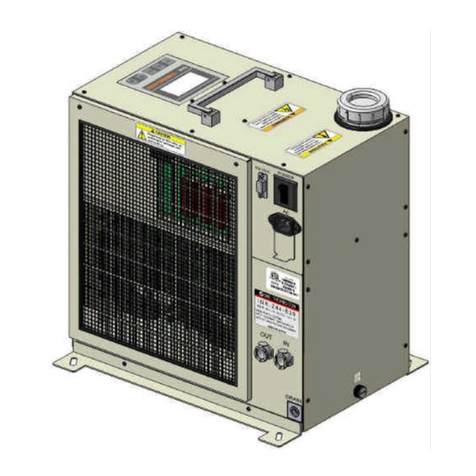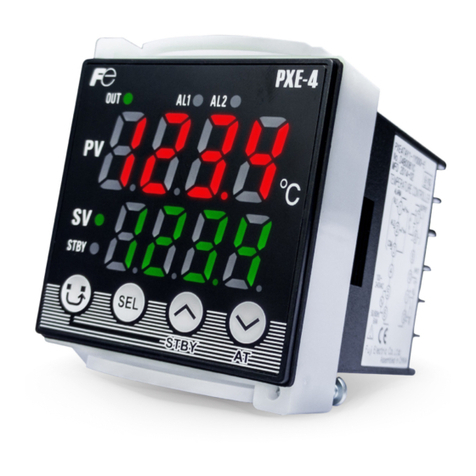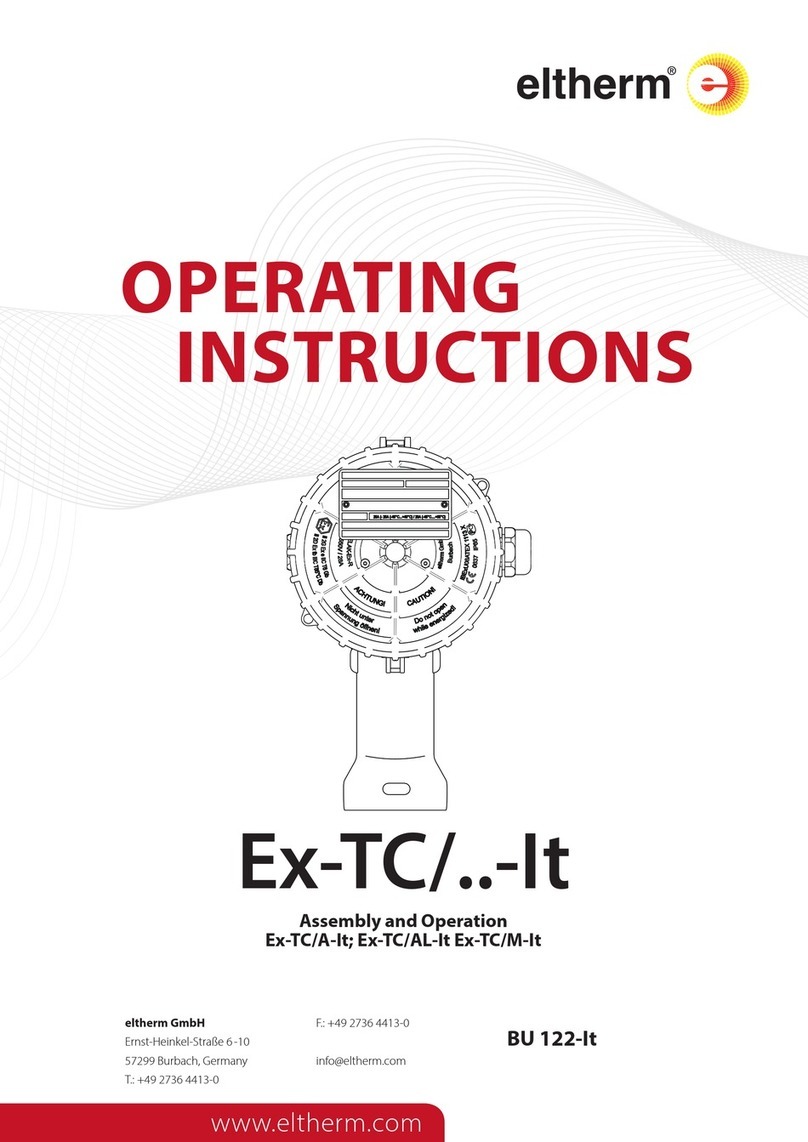
Safety Information UTRED30-WiFi User Guide 4
Safety Information
The UTRED30-WiFi PDF USB temperature logger contains two "AAA" non-rechargeable backup batteries.
These batteries can be replaced as detailed in Replacing the AAA batteries.
The logger also contains a non-rechargeable secondary backup battery (LiMnO2 CR2032 coin cell).
When this battery indicates “LOW” ( ), it can be replaced by a qualified
technician. Please contact your distributor for further information and also refer to
the section about Powering the UTRED30-WiFi on page25.
Keep out of the reach of children!
Do not expose the logger to extreme temperatures as it may lead to the
destruction of the battery and may cause injuries.
Empty batteries should be recycled or disposed of according to your local regulations.
Liability
LogTag Recorders’ standard warranty terms apply. A copy can be requested by emailing
support@logtagrecorders.com. In addition, LogTag Recorders shall not be held liable:
lIf the device was used beyond LogTag Recorders’ stated limitations
lFor any claims due to the improper storage and use of the device
lFor any problems with refrigeration units
lFor the bad quality of the monitored goods, if any
lFor incorrect readings if the device was used with a low battery
lFor consequential loss
Battery Life
The batteries in the UTRED30-WiFi are designed to power the device for up to 3 months in case of a power
failure, provided:
lfresh batteries from a reputable manufacturer are used
ldata are reviewed on the display no more than once daily for 30 seconds
lthe recording interval is not shorter than 5 minutes
la strong wireless signal is available where the UTRED30-WiFi is deployed
lthe acoustic alarm is not active over long periods
lthe device is stored and operated according to LogTag Recorders’ recommendations
Please refer to Powering the UTRED30-WiFi on page25 for more information.
Disclaimer
The UTRED30-WiFi monitors temperature exposure and not the quality of the goods it accompanies. Its
purpose is to signal if product quality evaluation/testing is required.
Typographical Conventions
Text in this font refers to buttons on the UTRED30-WiFi.
Text in this font refers to option settings, dialogue boxes or actions to be taken in LogTag® Analyzer.
Text in this font describes features of the product.
WiFi, cloud connection, airplane, power and low battery symbols may not be shown on all screens.



